Cilento villages, which ones to visit: the 10 not to be missed
Archaeological sites, culture, some of the most beautiful natural scenery in Italy and, of course, ancient villages. This is Cilento, an area of southern Campania in the province of Salerno, formerly part of Roman Lucania. From the temples of Paestum to the beaches of Marina di Camerota, there are many places to visit in this beautiful land.We have decided to focus on the most characteristic villages and list below the ten we think should not be missed on a trip to Cilento.
1. Castellabate
Castellabate is perhaps the best-known village in Cilento, made famous by the film Welcome to the South, which celebrates all its quiet beauty. Included in the Cilento and Vallo di Diano National Park, it has a seaside part, the coastline of Santa Maria di Castellabate, which in turn is worth a visit, and the medieval village that occupies one of the foothills of Mount Stella dominating the coastal stretch below. Its historic center is a tangle of alleys, fishermen’s dwellings, and sumptuous aristocratic palaces that make it one of the most surprising villages in the area. In the center to see, in addition to the Castello dell’Abate from which the town takes its name (it was built by Abbot Costabile Gentilcore and now houses a permanent exhibition on the sea), the Romanesque basilica of Santa Maria de Gulia (although heavily remodeled since the 18th century), the 18th-century Palazzo Belmonte, the Belvedere di San Costabile (a terrace offering a splendid view of the gulf), Palazzo Matarazzo (one of the largest in the village), and the scenic Piazza 10 Ottobre. The Palazzo della Torre Merlata also houses a Museum of Sacred Art.
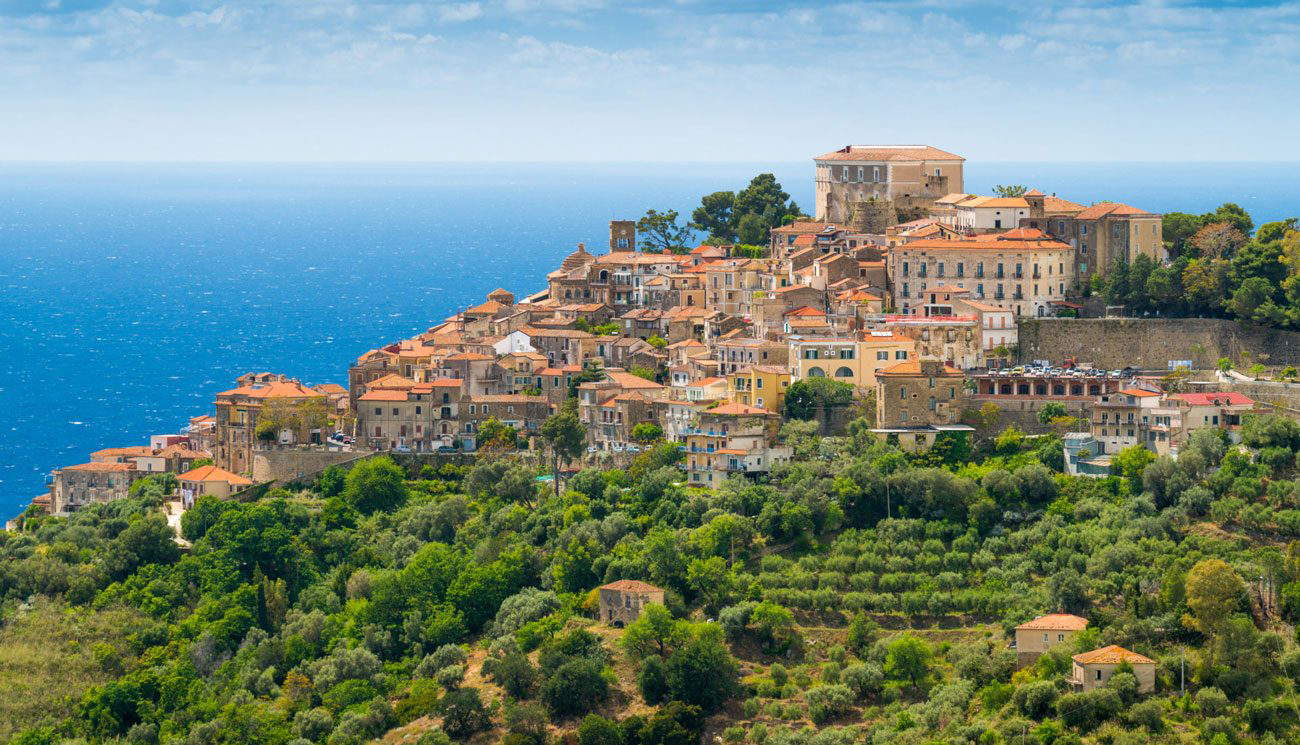
2. Pollica
A town of 2,000 inhabitants nestled in the Cilento and Vallo di Diano National Park, Pollica has very ancient origins since its history begins in the 8th century: at that time the settlement was located a little further north than the present one, which dates instead from later eras. Worth seeing, in the center of the town, the 17th-century church of San Nicola, and then the Palace of the Capano princes who were feudal lords of Pollica before the Unification of Italy, the convent of Santa Maria delle Grazie where paintings by Nicola Malinconico (one of the major artists of the 17th century in southern Italy) are preserved. The municipality is also home to a WWF oasis, the Oasi Blu la Punta, between the hamlets of Acciaroli and Pioppi, known because in the summer with excursions to the waters in front of this stretch of coastline it is possible to see dolphins frolicking in the sea.
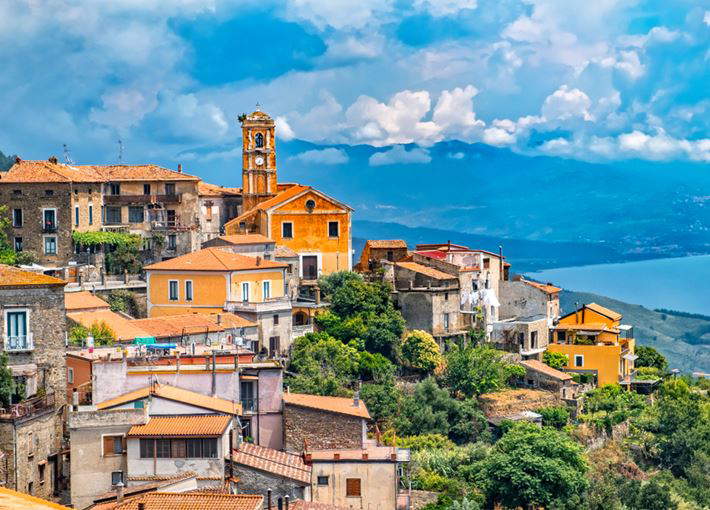
3. Acciaroli
A quaint village nestled by the sea, a hamlet of Pollica, it is known because according to one tradition it was one of Ernest Hemingway’s favorite villages, and he even stayed there: there is a lack of evidence for this, but the inhabitants are proud of this story. If, in short, one has to give little credence to this story, one can console oneself with the beauties that the village offers: for example, the Norman Tower from the 13th century, Acciaroli’s most recognizable symbol, or the church of the Santissima Annunziata dating back to the 16th century, and again the famous little harbor, not to mention, of course, the magnificent beaches, among the most beautiful on the Cilento coast. The village of Acciaroli is also included in the Cilento and Vallo di Diano National Park.
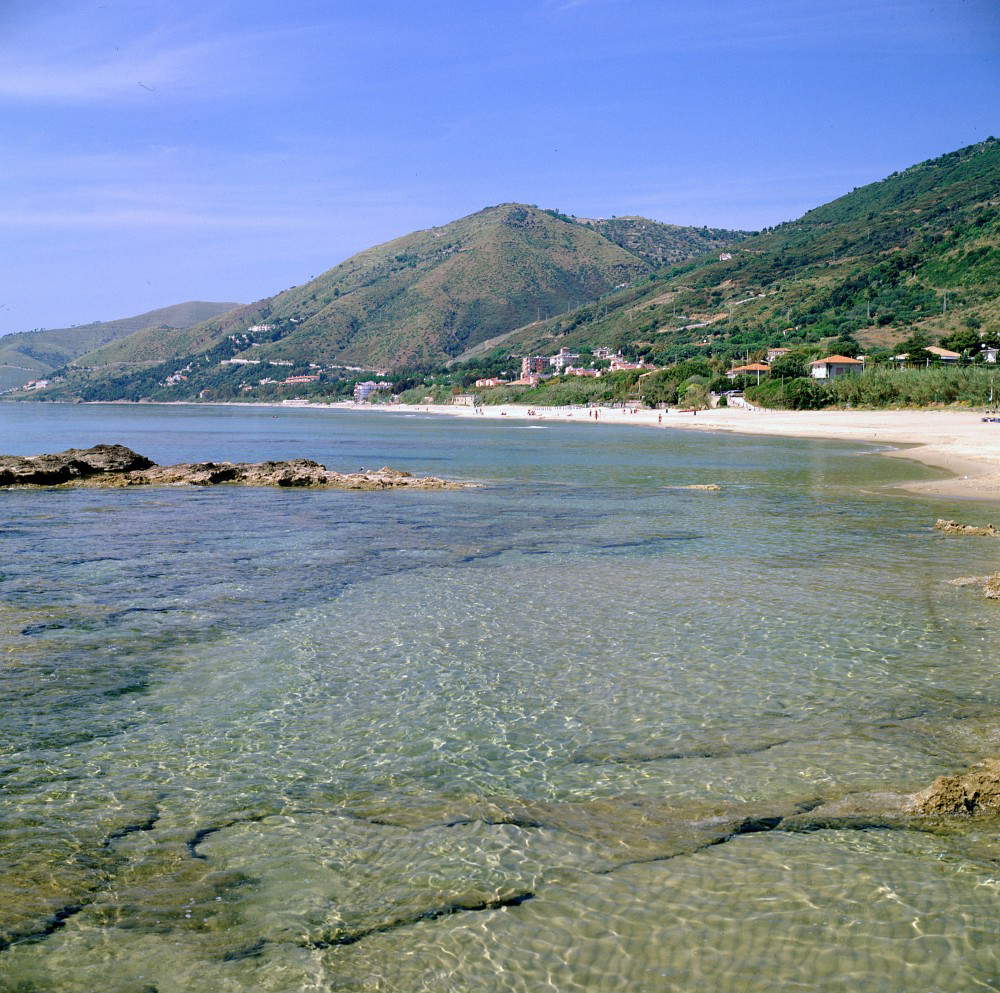
4. Agropoli
The current historic center of Agropoli has a typical medieval conformation (it is, indeed, one of the most beautiful medieval towns in the province of Salerno), but its origins are very ancient since the territory on which the town stands, the most populated in Cilento after Capaccio Paestum, has been inhabited since prehistoric times. In the medieval village one can admire the large 17th-century gate that gives access to the center, the largely preserved walls, the Agropoli Castle surrounded by a moat, and the mother church of Saints Peter and Paul. The local Palazzo Civico delle Arti also preserves an Antiquarium that collects archaeological finds that can tell the ancient history of Agropoli, from the Neolithic to the Middle Ages.
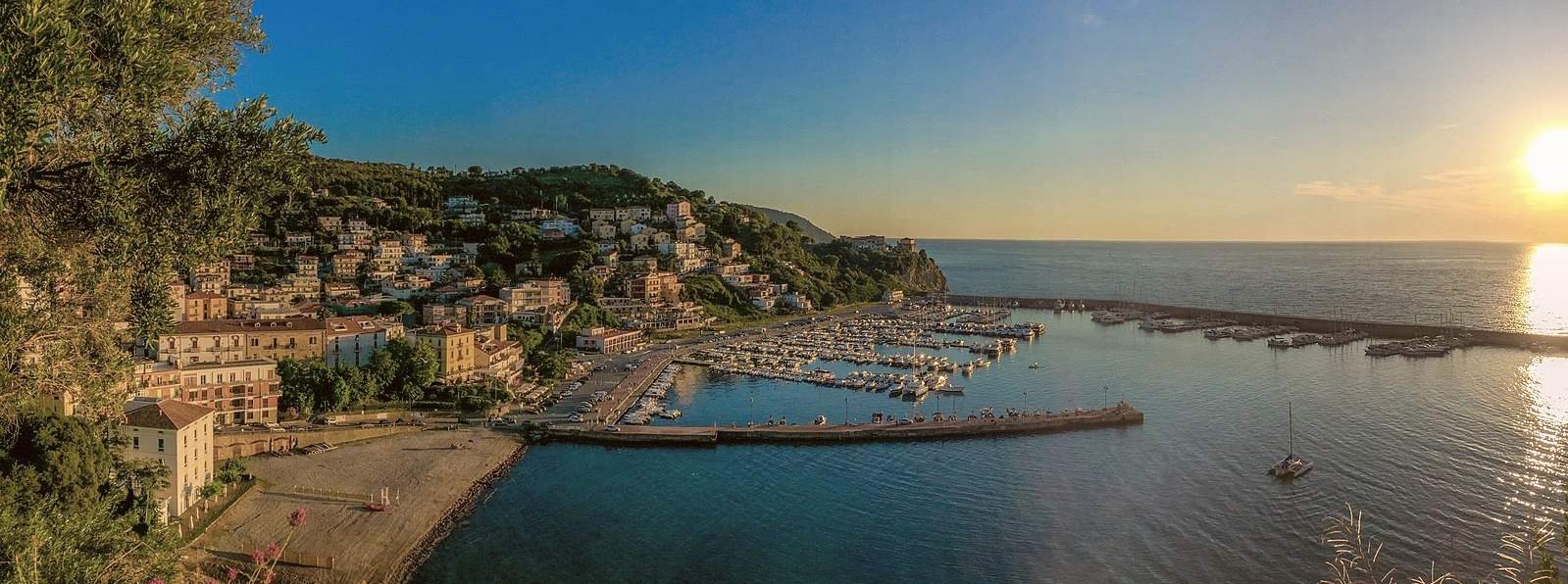
5. San Mauro Cilento.
Part of the Cilento and Vallo di Diano National Park, San Mauro Cilento is known for its oil and figs, for the watermills found in the municipal area, and for its center, which is spread over two settlements, Casal Sottano and Casal Soprano. In Casal Sottano you can admire the Palace, seat of the administrative power of the village, the church of San Mauro Martire with its 18th-century choir, and the Eleousa Museum in which the history of the town is retraced. In Casal Soprano, on the other hand, one can go into the Sorrentini neighborhood, where the 16th-century chapel of the Immaculate Conception is also located.
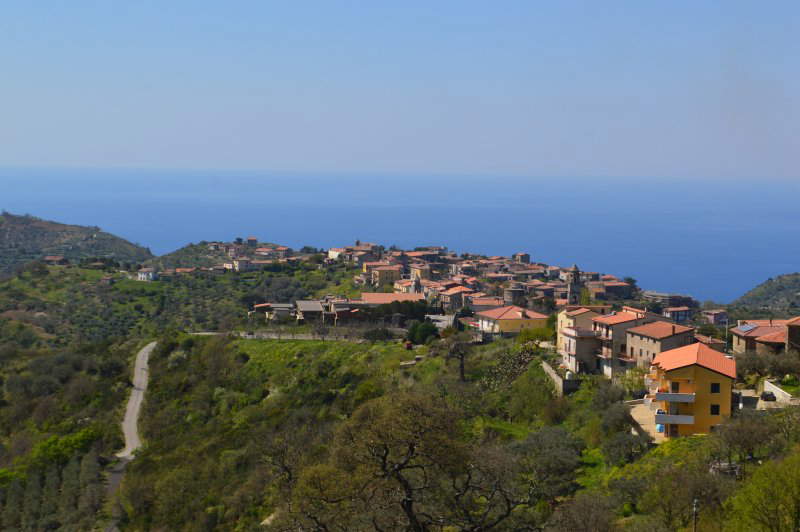
6. San Severino di Centola
The old part of this center, a hamlet of the municipality of Centola, is one of the most scenic villages in Cilento: in fact, it clings to a spur of rock overlooking the wild landscapes of the Devil’s Throat. The small town has medieval origins (it dates from between the 10th and 11th centuries and its roots are linked to the Sanseverino family, princes of Salerno). The village today is uninhabited, as it was abandoned between the late 19th century and the first half of the 20th century, mainly due to the inconvenient location of the settlement: the ruined remains of its dwellings (starting with the Baronial Palace) and the ruins of the Castle and the Longobard Tower, as well as the churches of St. Nicholas and St. Mary of the Angels, can be seen from the outside. The abandoned village also houses a museum, the Museo dell’Emigrante Cilentano.
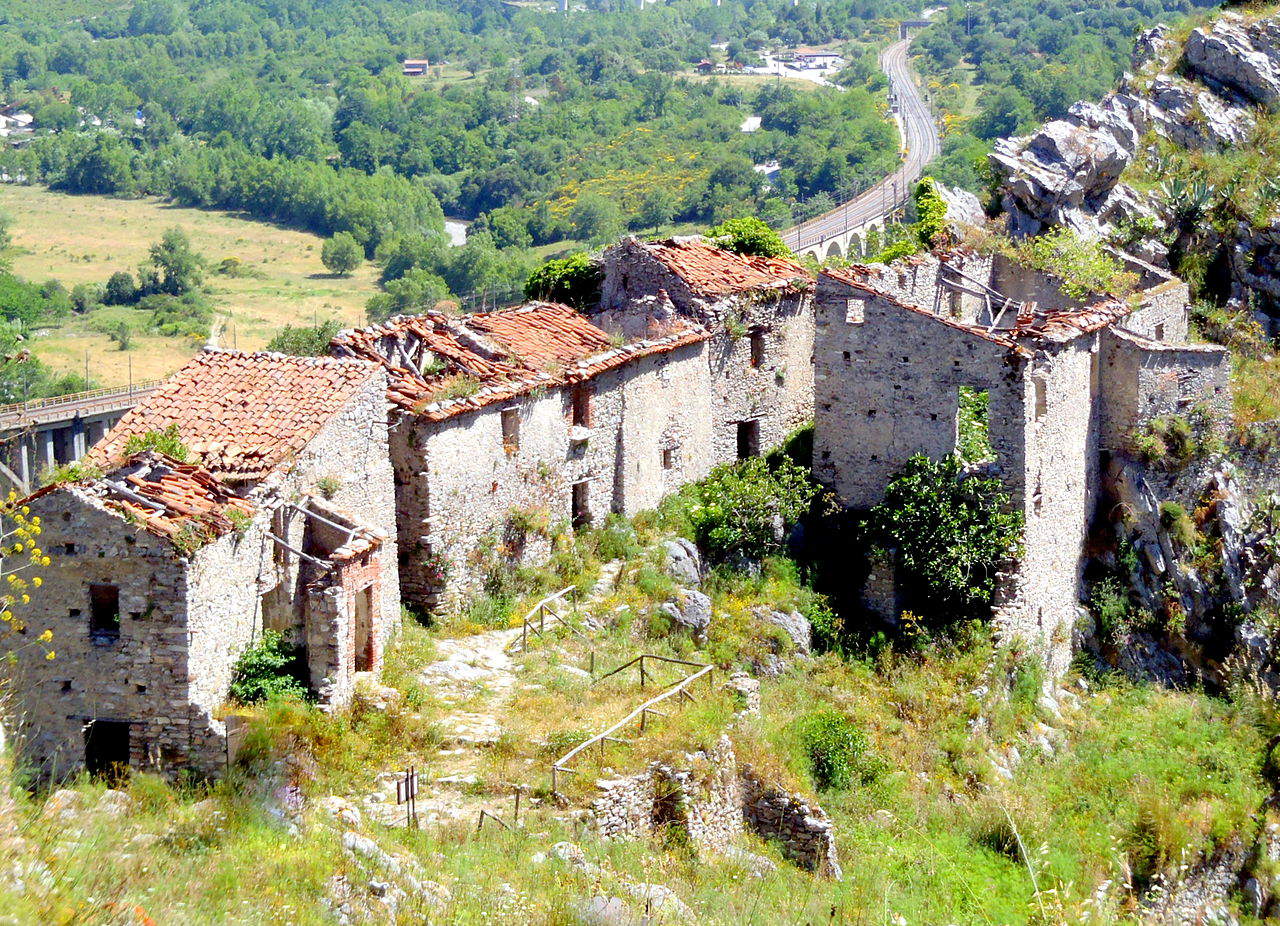
7. Serramezzana
At five hundred meters above sea level, it is one of the highest villages in Cilento. It is located about ten kilometers from the coast, a short distance from San Mauro Cilento, and its very name refers to the location of the town: “Serra Mediana” in fact indicates that the village is located on a “middle” hill ridge. Characteristic is the historic center with its stone houses, the sumptuous Palazzo Materazzi, and the church of San Nicola. Besides being one of the highest villages in Cilento, it is also one of the quietest, and is known for its agricultural vocation: figs and oil are the two products that best identify Serramezzana.
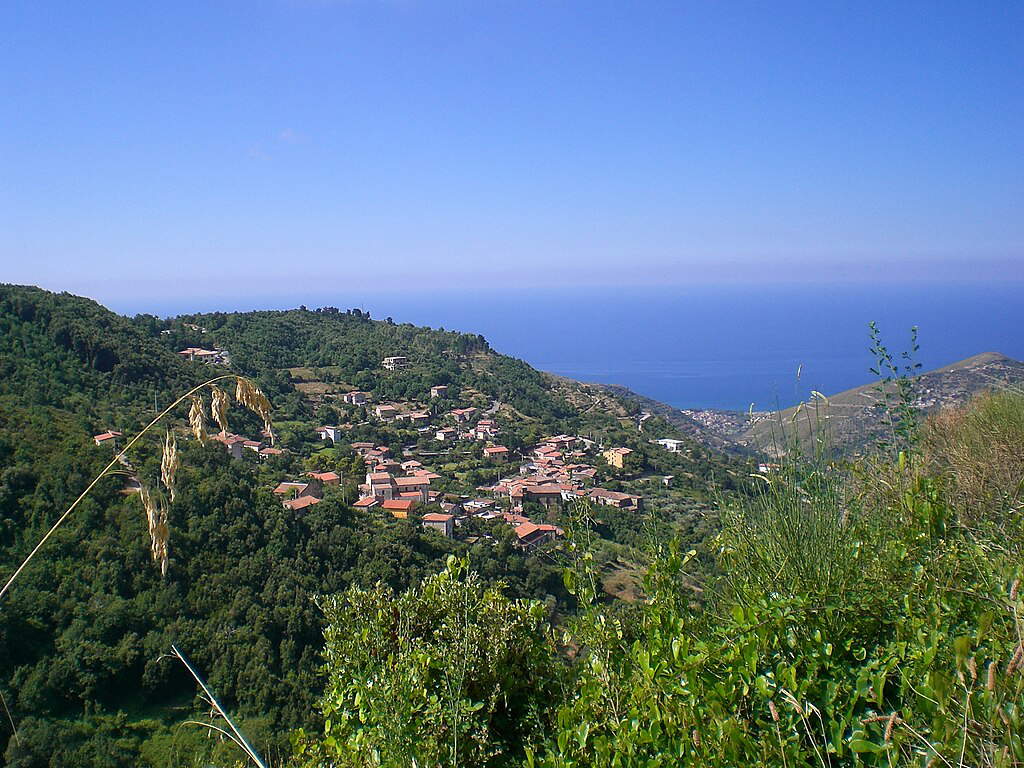
8. Roscigno Vecchia
Roscigno Vecchia is also an abandoned village (due to landslides that made it dangerous: its inhabitants left it at the beginning of the 20th century), but very characteristic. The village is built around the characteristic Nicotera Square, with its two-story stone houses arranged around the fountain in the center of the square. The church of St. Nicholas of Bari, with its unique squat, square-shaped bell tower, is worth seeing. Wandering through the alleys of Roscigno Vecchia is like taking a trip back in time, to a village where everything has remained as it was a century ago: a stop not to be missed during your trip to Cilento.
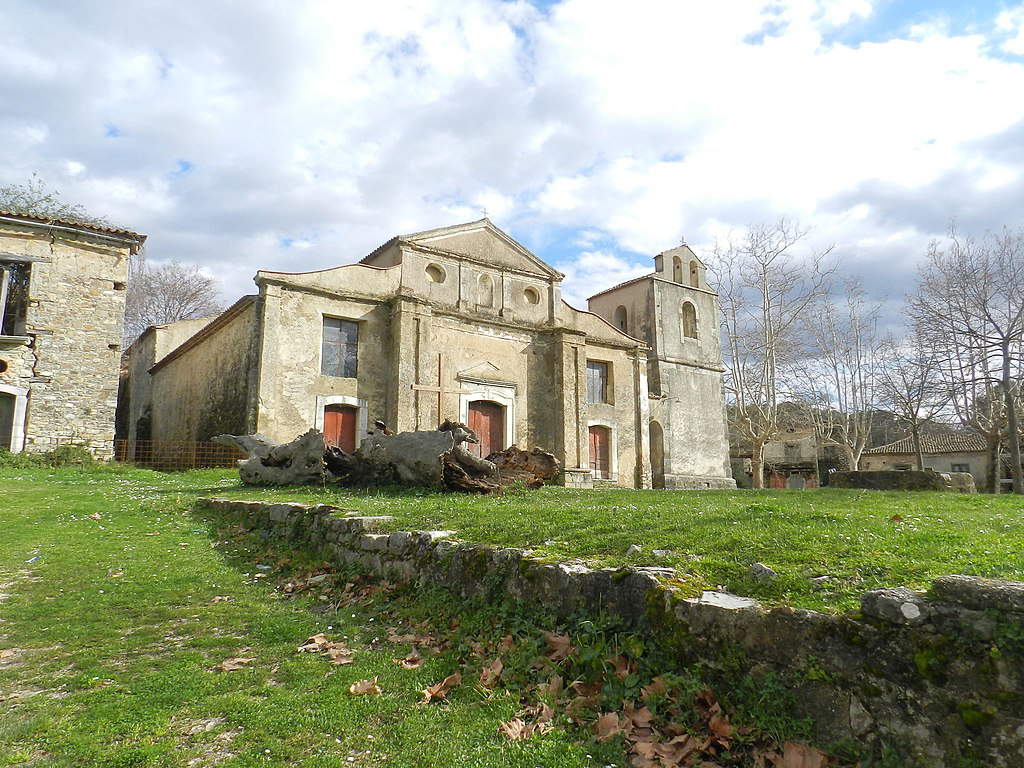
9. Ascea
Dominated by towers overlooking the village and the sea, Ascea was born around the year 1,000, welcoming the inhabitants of ancient Velia who moved higher up. The historic center is nothing more than a group of stone houses built around Piazza Bovio, now crossed by regional road 447, and where stands the exhibition center of Elea, the ancient Greek city that was located further down the valley and later called Velia by the Romans. After a brief visit to the center you can go down to visit the Archaeological Park of Elea-Velia, and then to Marina di Ascea, a modern hamlet surrounded by pine forests, whose waterfront is one of the most beautiful and best maintained in Cilento.
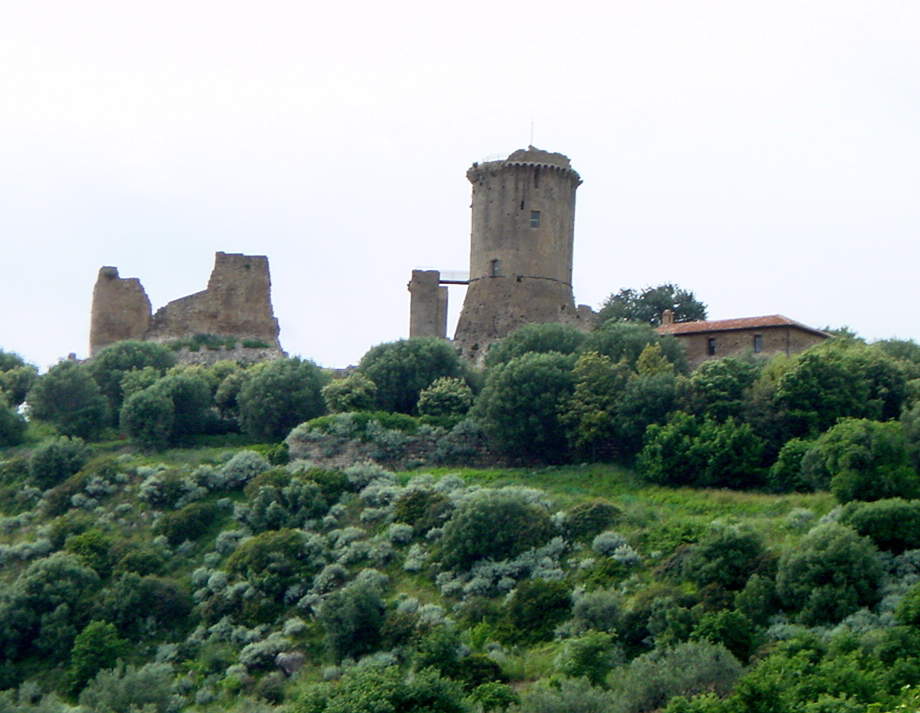
10. Camerota
Camerota is best known for its Marina, where there are some of the most beautiful beaches in Cilento, a destination for intense summer tourism, while less well known, but no less interesting, is its historic center, which stands on a hill and is also known as “Camerota Alta.” It is a medieval village built around the medieval Marchesale Castle, now home to the Museum of Peasant Civilization and Craftsmanship. The name comes from the Greek kamarotós meaning “curved,” and is a reference to the limestone caves found in the area. Speaking of caves, in the historic center it is possible to visit the peculiar rock chapel of San Biagio, carved into the rock.
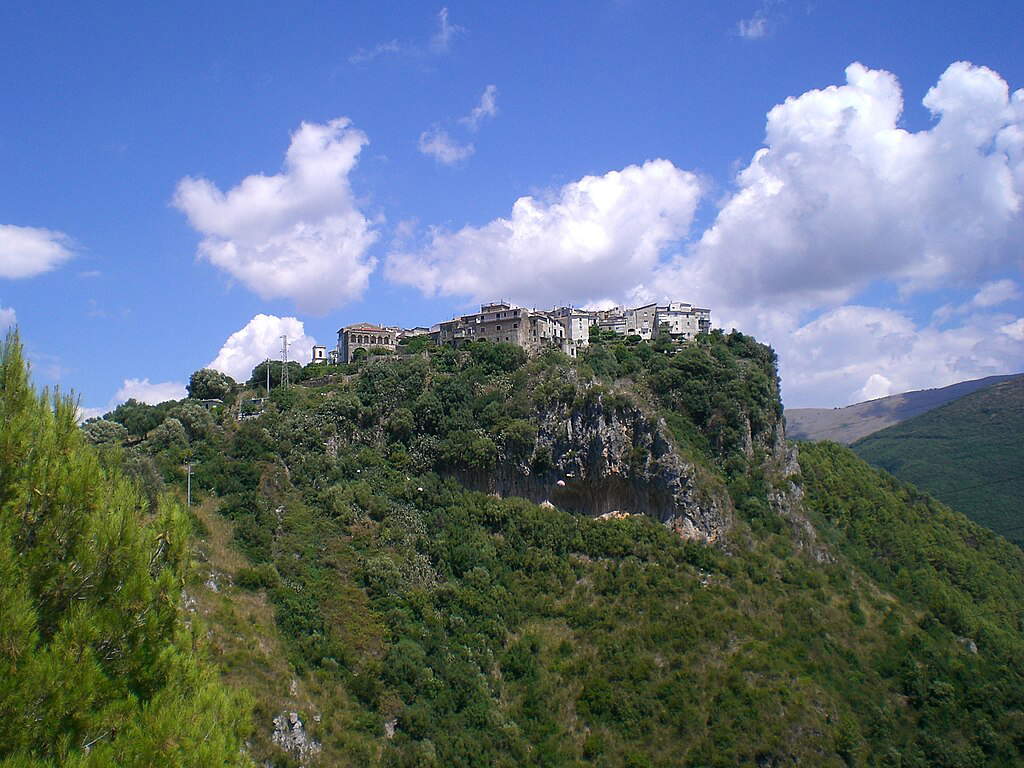
 |
| Cilento villages, which ones to visit: the 10 not to be missed |
Warning: the translation into English of the original Italian article was created using automatic tools. We undertake to review all articles, but we do not guarantee the total absence of inaccuracies in the translation due to the program. You can find the original by clicking on the ITA button. If you find any mistake,please contact us.



























